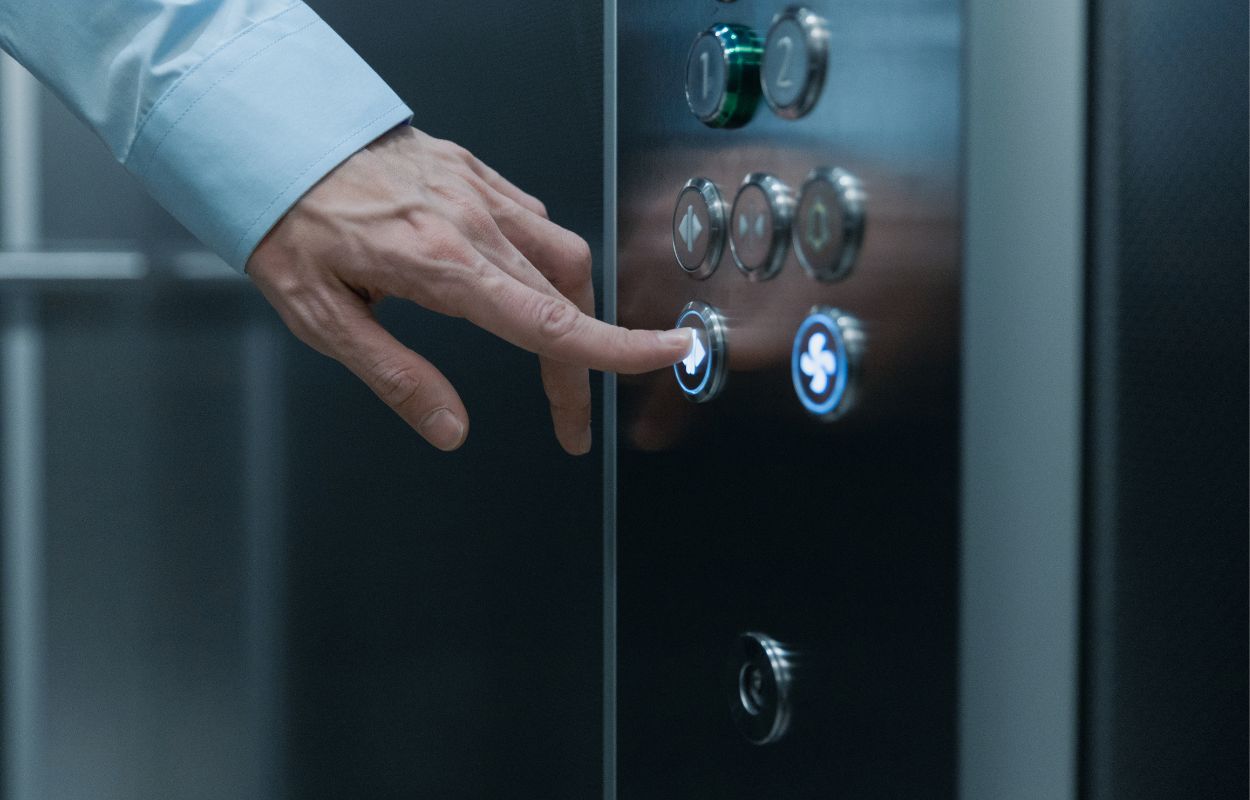Plaintiff Trips Exiting Elevator

Richard A. Kennedy, Q.E.I., C.E.T., Elevator / Escalator Expert
Case Summary: A resident of a high-rise condo was descending on one of the building’s elevators. When the elevator came to her designated landing, it decelerated normally and leveled into the floor. The doors then opened, and Plaintiff began to exit the elevator. Plaintiff claimed the elevator fell downward suddenly and without warning as she exited. Her foot was momentarily caught during the jolt, causing Plaintiff to trip and fall forward, hitting the floor and lobby wall.
Expert Analysis: Discovery documents revealed that the subject elevator had been modernized three months prior to the alleged incident and met all requirements of the applicable American National Standards Insitute (ANSI) 17.1 elevator code. Management of the condo association kept a log of all maintenance visits by the elevator company and documented any malfunctions reported by residents or guests. When an incident was reported, management checked the elevators’ operation. If there was a malfunction, management secured the elevator out-of-service until the service company had corrected the malfunction.
Most building owners do not employ anyone with the technical expertise to maintain or repair elevators, relying on the expertise of the elevator company instead. Plaintiff’s expert inferred that the condo association took a simplistic approach to solve the elevator problems, based on the six visits from the elevator company logged within the three months that the newly modernized elevator was in service. Defense’s expert noted that these six visits were documented as maintenance procedures.
Plaintiff’s expert alleged that the newly installed elevator had a history of bouncing and not leveling correctly. Documented evidence did not support this claim. When the elevator was inspected prior to public use, the service company disabled the feature that would allow pre-opening of the elevator’s doors as it approached the designated floor in low leveling speed. The control logic selections were documented in the adjuster’s manual.
Plaintiff’s expert also claimed the elevator had stopped level with the floor and then dropped four to six inches. However, the elevator was fitted with a rope gripper to prevent unintended movement, as required by the updated ANSI 17.1 elevator code.
Result: Defense verdict.
Categories: Elevator / Escalator Expert | Premise Liability | Richard A. Kennedy, Q.E.I., C.E.T.Tags: ANSI | Code Compliance | Condominium | Elevator | Maintenance Records | Personal Injury | Slip Trip and Fall


